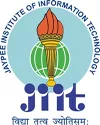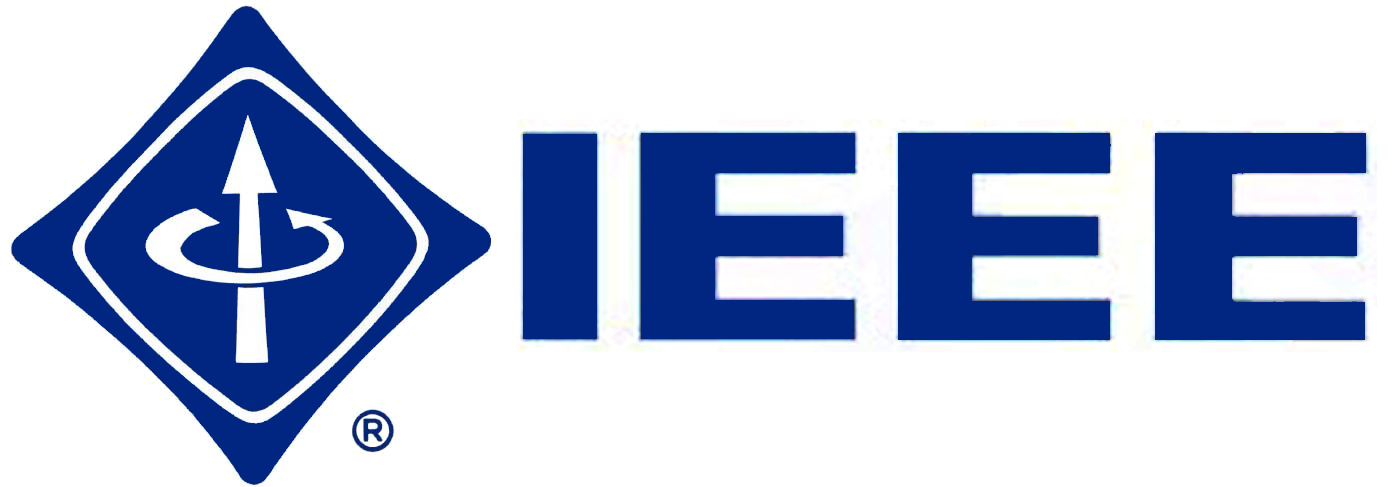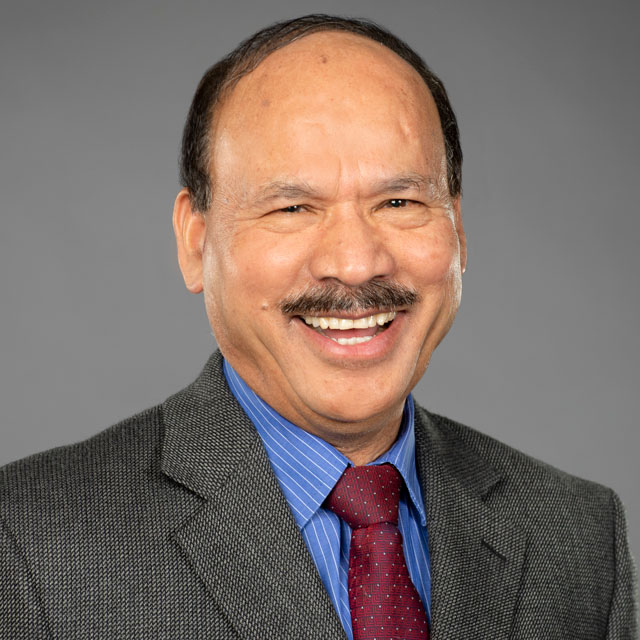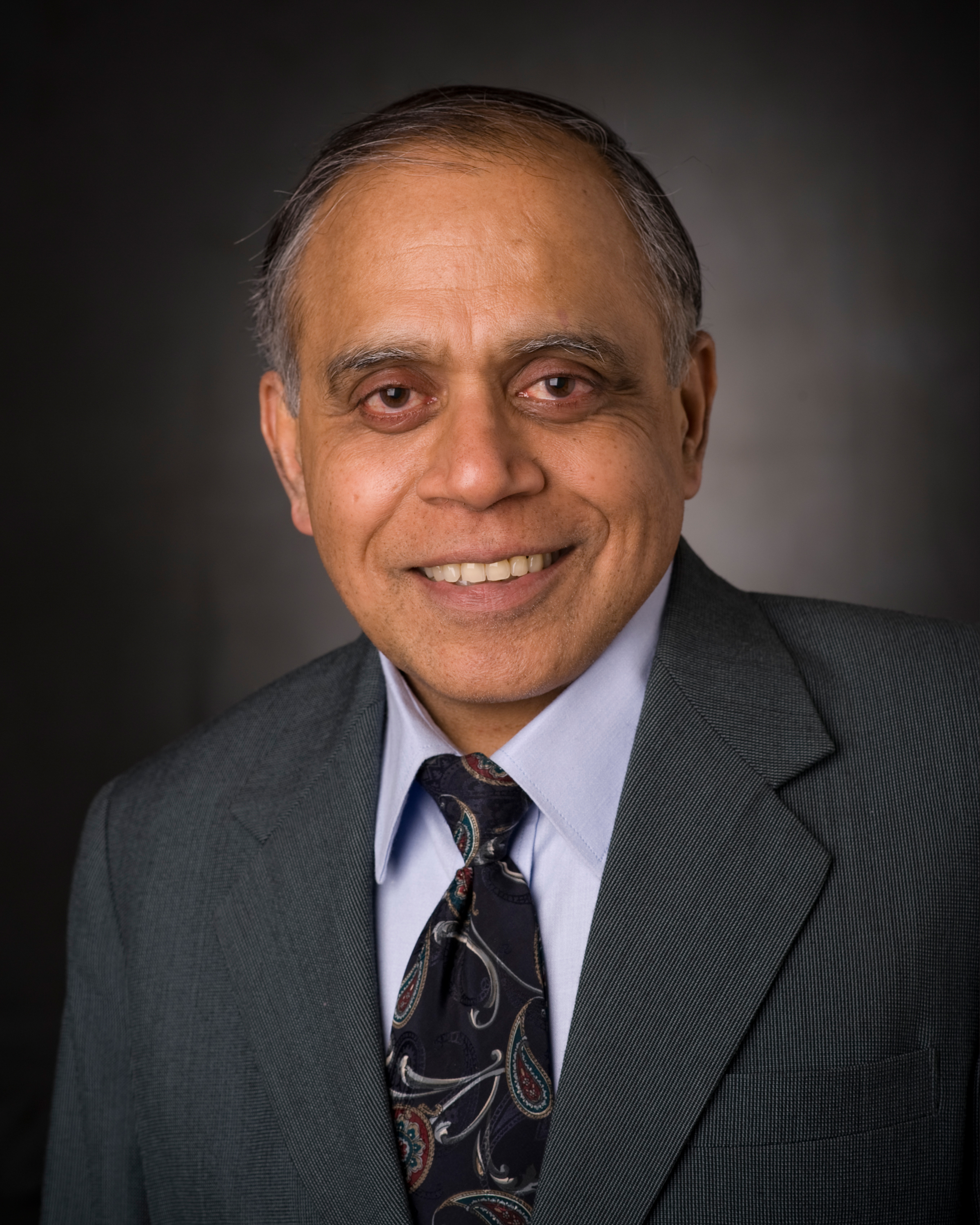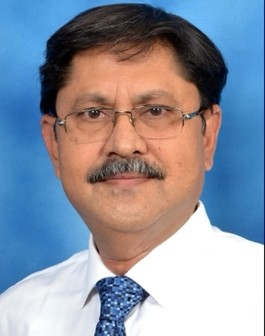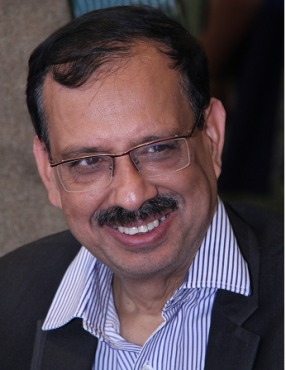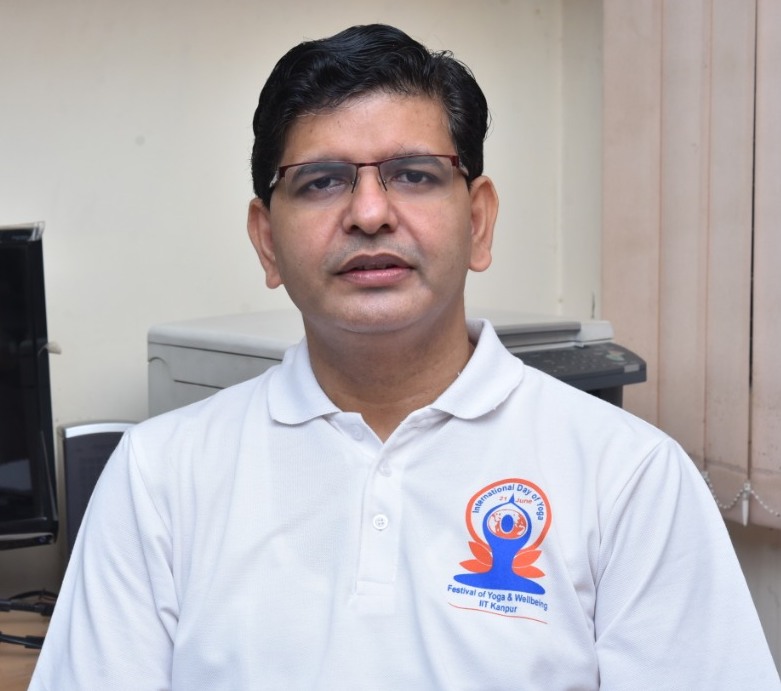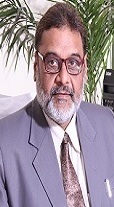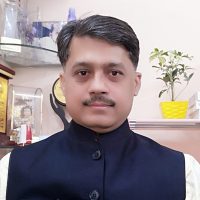Banmali S. Rawat was born in Garhwal, Uttarakhand, India. He received BSEE, MSEE degrees from the Indian Institute of Technology, (Banaras Hindu University), Varanasi and Ph.D. (ECE) from Sri Venkateswara University, Tirupati, India in 1968, 1970 and 1976, respectively. He was recipient of National Merit Scholarship, UGC Fellowship, Atomic Energy Commission Fellowship, United Nations Fellowship and the University Gold Medal for first rank in MSEE. He was a faculty member with the MMM Engineering College, Gorakhpur and Instrumentation Engineer in the West Coast Paper Mills before starting his Ph.D. in 1972.
He joined the Defense R & D Organization (DRDO) as Senior Scientist in 1975 and worked on various research projects in microwave systems/circuits, microwave/millimeter wave integrated circuits for radar and communication systems. He became Associate Professor in 1978 and Professor/Head of the Electronics Engineering Department, Madan Mohan Malaviya Engineering College, University of Gorakhpur, India in 1981. In 1981 he joined the Electrical Engineering Department, University of North Dakota, USA and was a Professor until 1988 before moving to the University of Nevada, Reno, USA, as Professor/Head-Electrical Engineering & Computer Science Department and is continuing as a Professor. During his long teaching career he has been very active in developing new courses, laboratories and programs in Electromagnetics, Microwave Engineering, Microwave Integrated Circuits, Optical Fiber Communications, Optical Networking, Optical Sensors and other related areas. He has been teaching various courses in these areas since 1978 and is continuously moving in the cutting edge technological areas. He has done extensive research in these areas with over 200 research publications in national/international reputed journals and reviewed conference proceedings. His recent research focus has been on microstrip couplers/filters on defective ground structures (DGS) using anisotropic substrates, optically controlled couplers, optical fiber sensors, DWDM technology with secured optical communication, recycling of light, collection of energy from atmosphere and THz band nanoantennas.
Dr. Rawat is a Fellow of IETE, Fellow of CIE, Fellow of the Electromagnetics Academy established at MIT, Fellow of JSPS, Fellow of Optical Society of India, Life Senior Member of IEEE, Member of Sigma Xi, North Dakota Academy of Sciences, Optical Society of America, SPIE, and Eta Kappa Nu - the EE Honor Society. He has been a Soccer Coach/Division Coordinator/Governing Board Member with AYSO, Sparks, NV, Program Volunteer/Governing Board Member of the Junior Ski Program of Reno, NV and Founder/President of the India Association of Northern Nevada (IANN).
